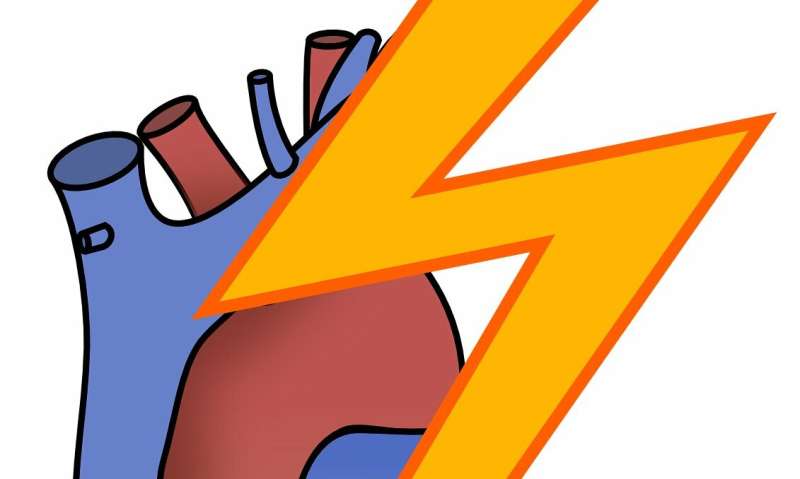Advice on how to use digital devices to detect and manage arrhythmias published today

Who should monitor their heart rate and rhythm and which device should they use? Find out in an international consensus document published today in EP Europace, a journal of the European Society of Cardiology (ESC) and presented at EHRA 2022, a scientific congress of the ESC.
"Before using a technology to monitor heart rate or rhythm, patients and the public should agree with their doctor which device to use, for how long, and what to do if the device issues a warning," said lead author Dr. Emma Svennberg of the Karolinska Institute, Stockholm, Sweden. "People need to know how to respond to feedback from the device. Do they need to rush to the emergency room, or can it wait for a routine appointment? It creates confusion and uncertainty if there is no management plan in place."
"This is the first practical guide for clinicians on the use of digital devices for heart rhythm and rate monitoring, an area that has increased exponentially with the advent of smartphones and wearables," she continued. "The document clarifies which technologies should be used and when and is a step towards equitable healthcare. Our patient representative co-author Inga Drossart also helped us to include the lay perspective."
Heart rhythm monitoring with digital devices is a way to detect asymptomatic arrhythmias which can be treated. For example, approximately one-third of patients with atrial fibrillation have no symptoms and early diagnosis can enable appropriate treatment to reduce the risk of stroke.
Today's paper covers all novel digital devices including electrocardiogram (ECG) patches, wearables like smartwatches, forearm bands, chest straps, rings and earbuds, and handheld devices such as smartphones with face sensor apps or fingertip apps.
Dr. Svennberg noted that digital devices are particularly useful for people with irregular heart rhythms that come and go, known as paroxysmal arrhythmias. She said: "If you only have an arrhythmia twice per year it can be quite tricky to detect during a medical consultation. Devices can help to document these events and assist in making a diagnosis."
The authors recommend that abnormal findings on a digital device should be evaluated by a team including a cardiac arrhythmia specialist or a cardiologist. In addition, unusual readings on a consumer heart rate device (for example a smartwatch) are insufficient for a diagnosis and ECG confirmation is mandatory.
Individuals at high risk of ischaemic stroke can use digital technologies to check for atrial fibrillation which could then be treated to reduce stroke risk. This could include those over 75 years of age or above 65 years with characteristics that predispose them to stroke such as high blood pressure, heart disease or prior stroke. "Regardless of whether they have symptoms or not, people in these categories should discuss screening for atrial fibrillation with their doctor," said Dr. Svennberg.
On the other hand, she advised against buying an over-the-counter device which may not have regulatory approval and constantly monitoring heart rhythm with no medical imperative to do so.
Dr. Svennberg said: "The application of digital devices in heart rhythm disorders is a rapidly evolving field. The future will see more contactless monitoring, for example using cameras and smart speakers, which could be particularly useful in pandemic situations. In addition, more advanced statistical methods such as artificial intelligence will improve the interpretation of long-term data from devices. Finally, to ensure adoption and adherence we need to enlist patients from the start so that devices are co-designed with the user in mind."
More information: Emma Svennberg et al, How to use digital devices to detect and manage arrhythmias: an EHRA practical guide, EP Europace (2022). DOI: 10.1093/europace/euac038





















